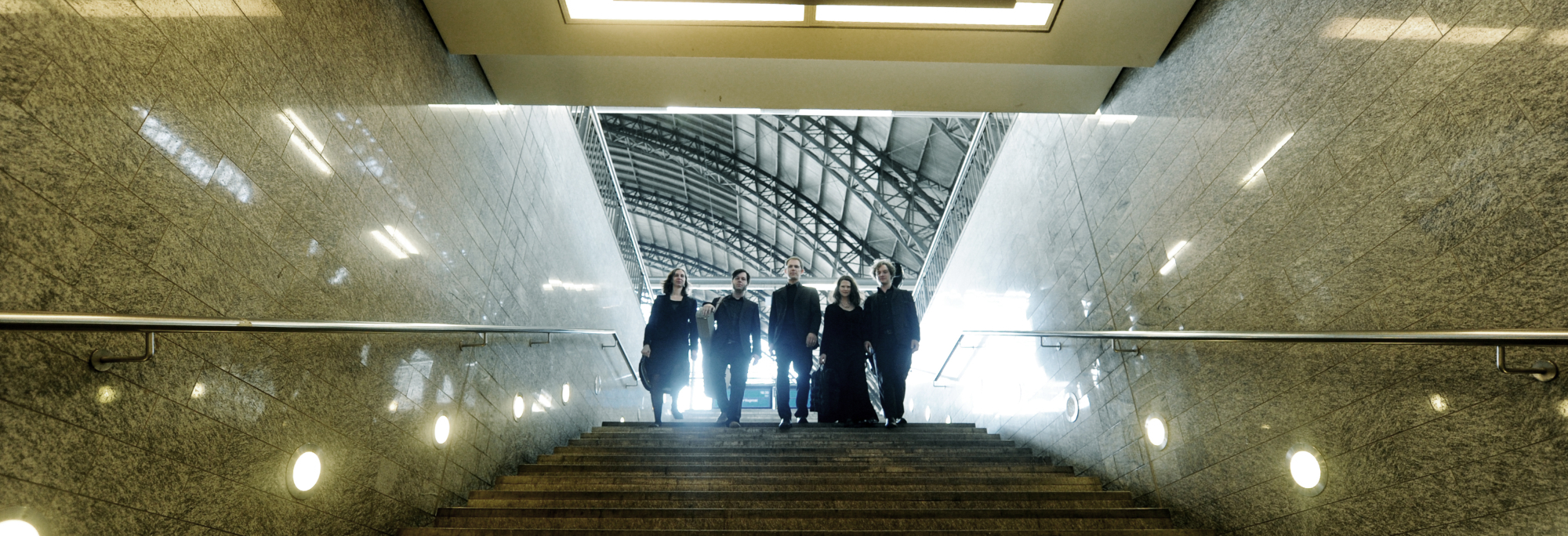
REDISCOVERED!
Treasures from baroque Lower Saxony
For several years, experts have puzzled over who the author of the recorder sonata collection printed in Amsterdam around 1703 could be behind the name “A. H. Schultzen”. The only surviving copy of this print can be found today in the French National Library in Paris, but the interesting style and in particular the high technical demands of the recorder part make the works it contains something very special: they are probably the first printed sonatas for recorder and continuo that were composed for professional recorder players due to the virtuosity required! While researching the composer, the ensemble La Ninfea came across Andreas Heinrich Schultz, who was born in Braunschweig in 1681 and worked as organist and composer at the Lambertuskirche in Hildesheim from 1706 until his death in 1741. The author we are looking for was therefore from Lower Saxony. It is therefore not a bad idea that the first recording of the sonata collection by Barbara Heindlmeier and her ensemble La Ninfea took place at the beginning of 2014 in cooperation with Radio Bremen in Bremen's Sendesaal - the CD was released in February 2015 by Raumklang. In addition to the special and spectacular recorder works, the concert program also offers other wonderful chamber music: a sonata for two viols and b.c. by August Kühnel, who was born in Delmenhorst near Bremen in 1645 and was employed as a gambist in Kassel towards the end of his life, a sonata by Johann Uhlich, who worked in Zerbst, and a sonata by an anonymous author from a Rostock manuscript for a viol and b.c., which shows stylistic proximity to the music of Antonio Vivaldi (and is also included on the aforementioned CD - also as a premiere recording!); plus an early trio sonata by Georg Philipp Telemann for recorder, treble viol and b.c. and finally an arrangement with varied instrumentation of La Follia - that famous ostinato which inspired musicians in all countries of Baroque Europe to improvise on it or compose their own variations.
